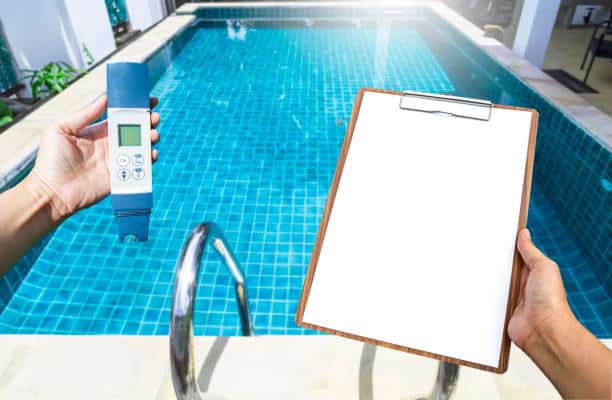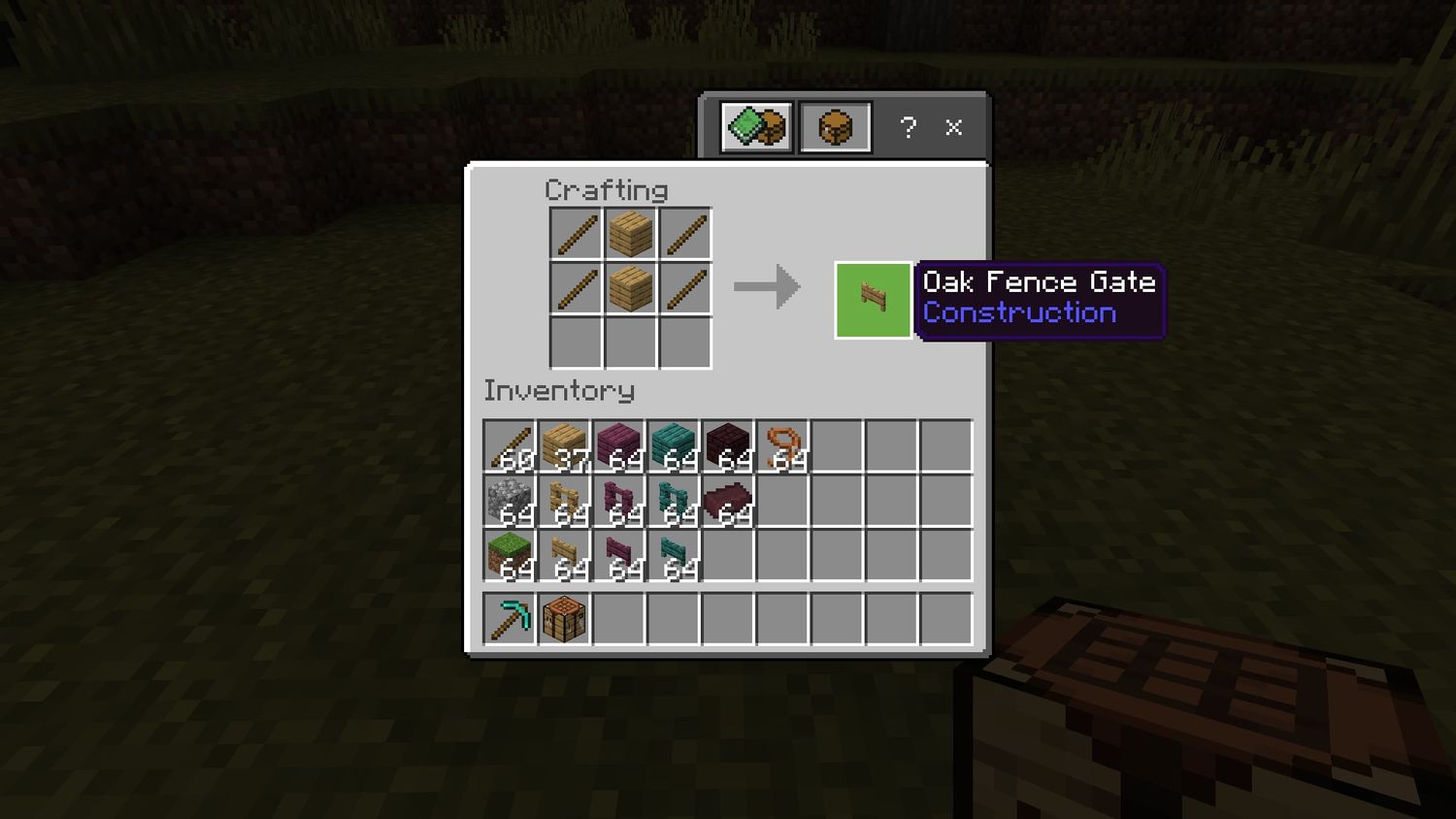Maintaining a healthy pool requires regular monitoring and balancing of various water chemistry parameters, including pH. pH, or potential of hydrogen, measures the acidity or alkalinity of water.
An ideal pool pH should range between 7.2 and 7.8. When the pH drops below 7.2, it becomes acidic, leading to various problems such as skin irritation, corrosion of pool equipment, and algae growth.
In this article, I’ll show you how to lower the ph level of you pool.
Read Also: How to Draw a Fairy Easy | Simple Guidelines to Initiate
What is Ph and Its Impact on Pool Water?
Water is a neutral substance with a pH of 7.0. This means that it has an equal balance of hydrogen and hydroxide ions.
When the pH drops below 7.0, it indicates an excess of hydrogen ions, making the water acidic. Conversely, when the pH rises above 7.0, it indicates an excess of hydroxide ions, making the water alkaline.
In the context of pool water, maintaining an ideal pH range is crucial for several reasons. A pH that is too acidic can cause various problems, including:
- Skin irritation: Acidic pool water can irritate swimmers’ skin, especially those with sensitive skin.
- Corrosion of pool equipment: Acidic water can corrode metal pool equipment, such as ladders, railings, and pumps.
- Algae growth: Algae thrives in acidic environments, and a low pH can lead to algae blooms, making the pool water cloudy and unpleasant to swim in.
When a pool is not acidic, what happens?
On the other hand, when a pool is not acidic, then it is basic or alkalinic. A pH that is too alkaline can also cause problems, such as:
- Cloudy water: Alkaline water can cause calcium carbonate to precipitate out of the solution, resulting in cloudy pool water.
- Scaling: Alkaline water can form scale buildup on pool surfaces, making them rough and difficult to clean.
- Skin dryness: Alkaline water can dry out swimmers’ skin, especially after prolonged exposure.
Therefore, maintaining a pH between 7.2 and 7.8 is essential for ensuring a pleasant and safe swimming experience.
Read ALSO: How to Draw a Pumpkin: Artistic Tips for Autumn Illustrations
How often should I test my pool’s pH?
It is recommended to test your pool’s pH at least weekly, especially during the swimming season. Regular testing will help you identify any changes in pH levels and take corrective action promptly.
Read ALSO: How to Change Apple Watch Band: Personalizing Your Device
How much pH reducer should I use to lower my pool’s pH?
The amount of pH reducer needed will depend on the size of your pool, the current pH level, and the desired pH level.
It is recommended to follow the manufacturer’s instructions carefully and make adjustments gradually.
What are the signs of low pH in pool water?
Signs of low pH in pool water include:
- Green or yellow algae growth
- Skin irritation or discomfort
- Corrosion of metal pool equipment
- Sour or metallic odor in the pool water
Frequently Asked Questions
pH reducer chemicals, such as muriatic acid or sodium bisulfate, directly lower the pH of the water by adding hydrogen ions.
Sodium bicarbonate, also known as baking soda, raises the alkalinity of the water, which indirectly buffers the pH and prevents it from dropping too low.
While vinegar can be used to lower pH in small applications, it is not recommended for use in large pools due to its potential to cause foaming and other issues. It is best to use specifically formulated pH reducer chemicals for pools.
There are two primary methods to lower pH in pool water: using pH reducer chemicals and adding sodium bicarbonate.
Conclusion
Maintaining a healthy pool pH is essential for ensuring a safe and enjoyable swimming experience.
By regularly testing your pool’s pH and taking appropriate corrective measures, you can prevent the problems associated with both acidic and alkaline pool water.
Remember to follow the manufacturer’s instructions carefully when using pH reducer chemicals and always prioritize safety when handling pool chemicals.





